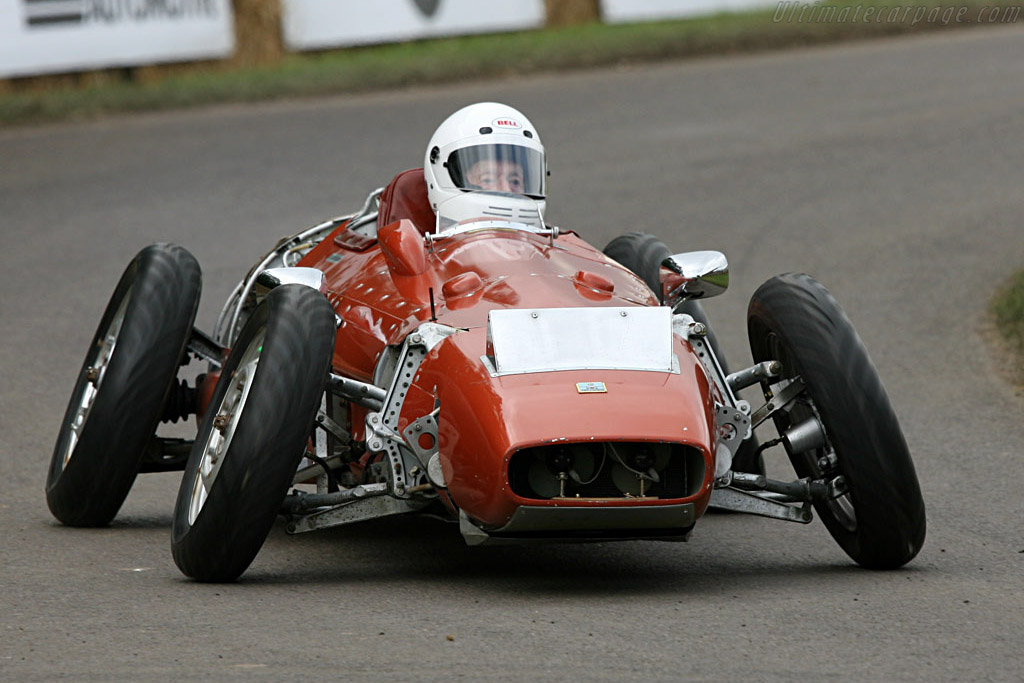To fully appreciate todays p'art a basic understanding of car cornering dynamics is useful.
As a car turns the majority of the cars kinetic energy is transferred to the outside wheels. Because the cornering load is quite substantial the bottom of the wheel tilts inward towards the car (as below) and the load moves to the outside of the tyre. The inside of the tyre meanwhile has little or no load and therefore cannot contribute to lateral grip, in extreme cases the wheels tilt can cause the inside to not touch the road at all. This causes the outside of the tyre to wear more quickly than the inside and really degrades cornering grip and speed.
The solution is to set up the suspension with negative camber. This means that the bottom of the wheel leans outwards when the car is not cornering. The aim is to have the outside wheel completely vertical when its loaded up during cornering so that the load is equal across the tyres contact patch. However the downside is that negative camber causes the insides of the tyre to wear while the car is going in a straight line and and any given negative camber angle is only optimum at a certain cornering speed and steering angle (A typical fast road camber setting is around 1.5 - 2 degrees negative), as is often the case a compromise has to be made sacrificing optimum grip for acceptable wear or vice versa.
This is not the case with the F400 Carving
The Wheel hub is attached to the chassis via a pivoting link and a hydraulic cylinder. This allows the negative camber to vary constantly adjust between 0 and 20 degrees depending on what the car is doing. The camber is controlled by a computer that takes speed, steering angle and lateral g-forces into account with various sensors and decides what camber angle is appropriate. Such is the advantage of modern computing this all happens rather quickly. This system caused the vehicles cornering g-forces to increase by 28% over static camber which in a modern car is mind boggling.
This prototype also spear-headed the development of asymmetric tyres which brought tyre technology on in leaps and bounds. The only downside to the possible use of active camber systems in future road cars is that the brilliant stances that static negative camber can give a car may be a thing of the past, as on this Milliken 'Camber Car'





No comments:
Post a Comment